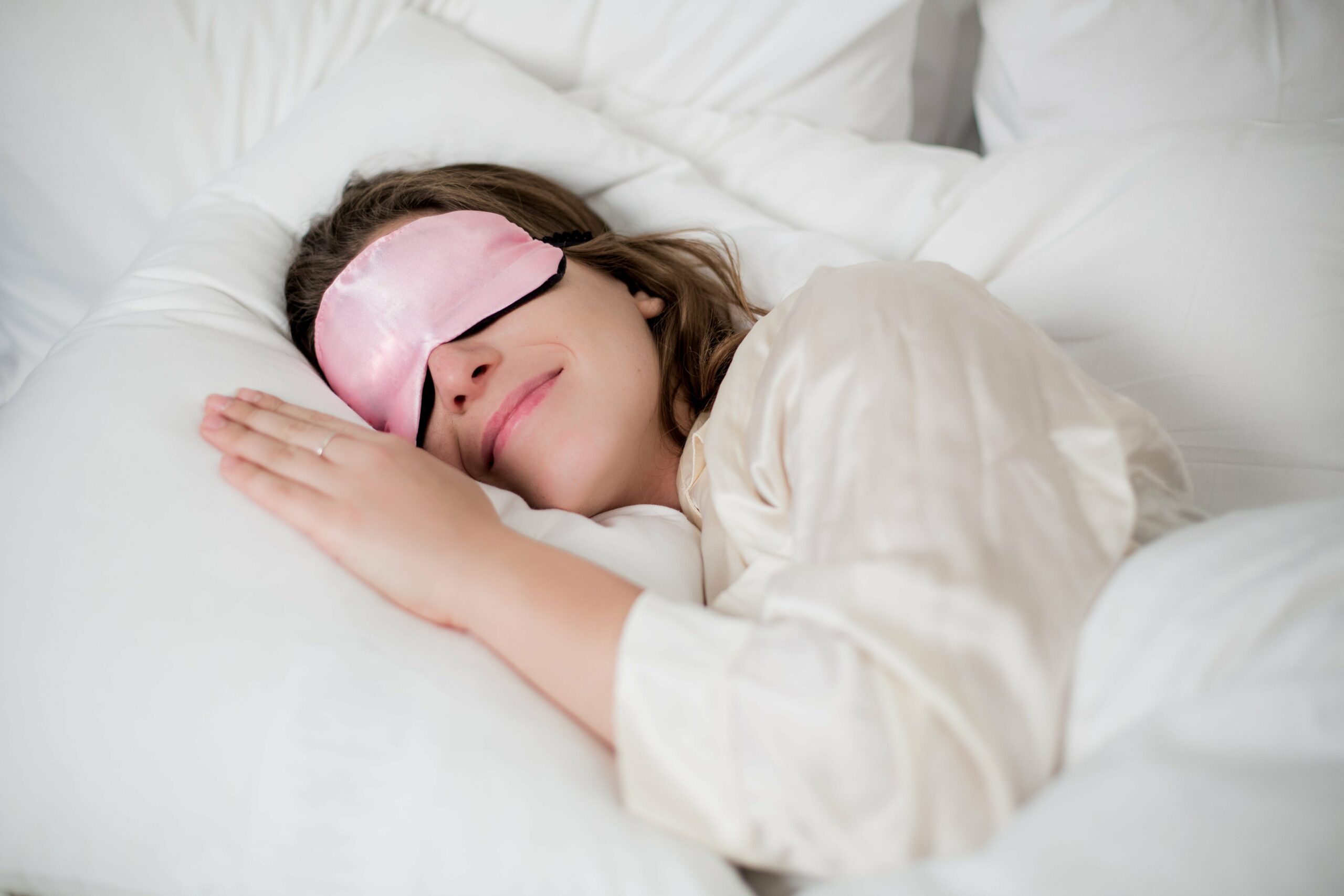How Is Obstructive Sleep Apnea Identified? And How Is It Treated?
Obstructive sleep apnea is the most prevalent among respiratory disorders connected to sleep. People with obstructive sleep apnea continually stop and start breathing when they sleep.
There are ways to treat obstructive sleep apnea. sleep apnea treatment is a device that keeps the airway open while you sleep by applying positive force. Using a mouthpiece to move the lower jaw forward while you sleep is an additional option. For some individuals, surgery may also be a possibility.
Causes of obstructive sleep apnea
Your entire body, including your breathing muscles, is at ease while you sleep. These relaxed muscles work with a constricted airway to cause breathing disturbances in individuals with sleep apnea.

The majority of obstructive sleep apnea in youngsters is only 2%. Males are also more likely than women to have it. The alarming part is that up to 90% of obstructive sleep apnea sufferers are unaware they have the condition. Sleep apnea can cause considerable fitness issues if left untreated.
All through the night, this cycle may recur five to thirty times or more every hour. These disturbances impair your ability to enter sleep's deep, restorative phases, and you'll likely experience drowsiness during the day.
When to see a doctor
- You were snoring loudly enough to annoy others or yourself as you slept.
- Any individual is Gasping or choking upon awakening.
- They are becoming excessively sleepy during the day. You might doze off because of this while working, watching TV, or even operating a motor vehicle.
If sleep apnea snoring loudly, especially if interspersed with stillness, speak with a healthcare team member. Sleeping on your back may result in loud snoring and a higher frequency of apneas or breathing pauses.
Please inquire with your sleeping doctor near me about any sleep issues that frequently cause you to feel tired, exhausted, and agitated.
Risk Factors of obstructive sleep apnea
Older age
Obstructive sleep apnea is more typical as someone's age, although it appears to plateau in their 60s and 70s.
High blood pressure
Those who have hypertension are comparatively prone to obstructive sleep apnea.
Smoking
The likelihood of having obstructive sleep apnea is higher in smokers.
Male sex
In general, the prevalence of obstructive sleep apnea in men is two to three times higher than in premenopausal women. On the other hand, women are more likely to develop obstructive sleep apnea following menopause.
Asthma
Studies have revealed a correlation between asthma and the likelihood of developing obstructive sleep apnea.
Excess weight
Overweight deposits near the upper airway can obstruct breathing. Medical illnesses that are associated with obesity, such as polycystic ovary syndrome and hypothyroidism, also can cause obstructive sleep apnea.

Symptoms
Many have obstructive sleep apnea yet don't show any symptoms. Some people discover that even after a restful night's sleep, they still feel drowsy during the day.
- Noisy snoring
- Awakening during the nighttime and gasping or choking.
- Morning headaches.
- High blood pressure.
- Mood changes, such as unhappiness or being quickly sore.
Conclusion
The Conclusion for obstructive sleep apnea relies on many aspects. The harshness and type of sleep apnea do make a difference. However, sticking to your therapy process once you find one that works is usually the most critical determining factor in how this condition will impact you.
This disease also raises your risk of creating life-threatening heart and circulatory issues, including stroke. However, you can adjust to or even overcome this disease with therapy, giving you the relaxing sleep you need.
This disease also raises your risk of developing life-threatening heart and circulatory problems, including stroke. However, you can adapt to or even overcome this condition with treatment, giving you the restful sleep you need.
Comments
Post a Comment